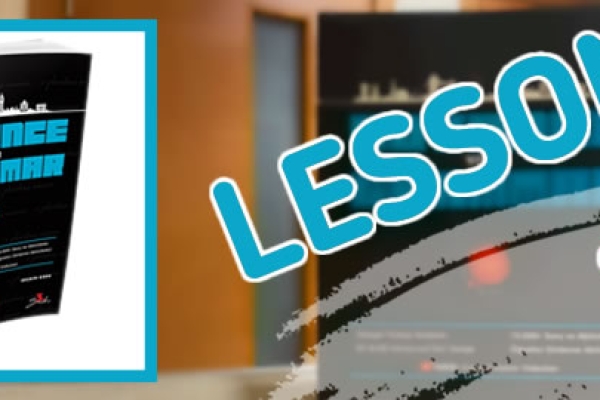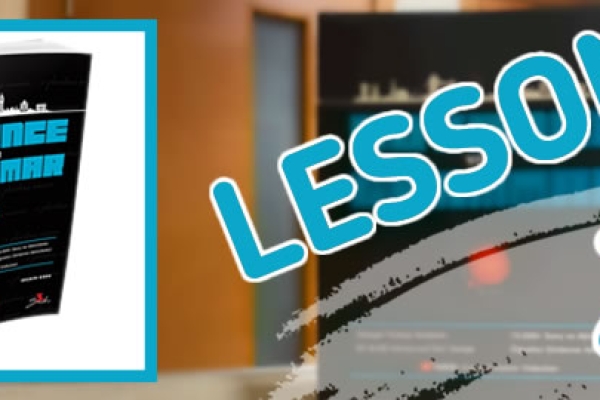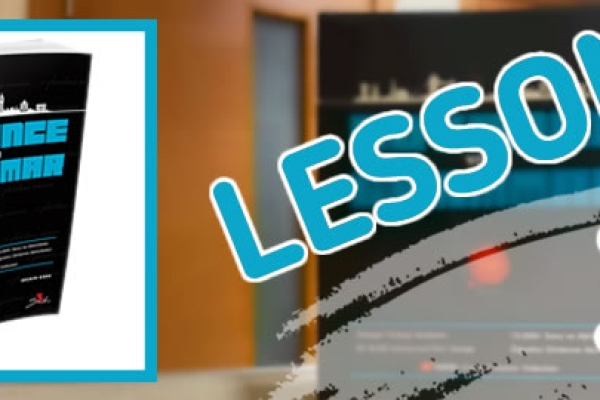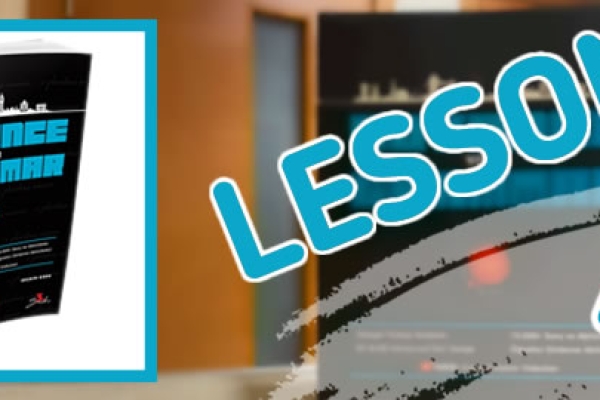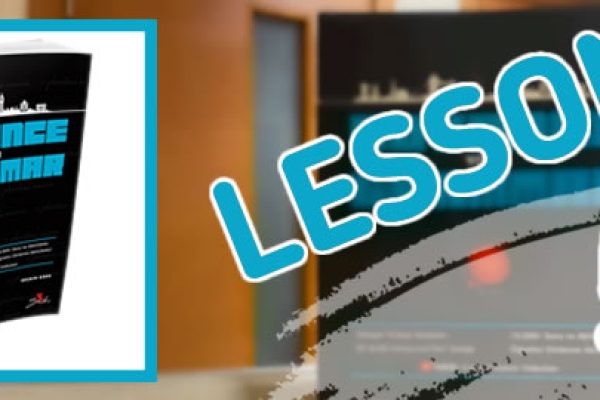Summary Comparison of Infinitive Verb + Object + Full Infinitive
The structure "infinitive verb + object + full infinitive" is a common construction in English. It involves a verb in its infinitive form, followed by an object (which could be a noun or pronoun), and then a full infinitive verb (the "to" form of the verb). This structure is used to express actions or desires directed toward someone, where that person (the object) is expected to perform a specific action.
Key Characteristics of This Structure:
-
Infinitive Verb: The main action verb in its infinitive form (e.g., want, ask, tell, need).
-
Object: The person or thing that is the recipient of the action (e.g., him, her, them).
-
Full Infinitive: The verb that expresses the action expected from the object (e.g., to help, to do, to clean).
This construction is often used for requests, orders, or desires, where the speaker wants the object (person) to perform an action.
Example 1:
She asked him to help her.
-
Explanation: In this sentence, "asked" is the infinitive verb, "him" is the object, and "to help" is the full infinitive verb. The structure indicates that the subject "she" requested "him" to perform the action of helping.
Example 2:
I want you to clean the room.
-
Explanation: In this example, "want" is the infinitive verb, "you" is the object, and "to clean" is the full infinitive verb. The sentence conveys that the speaker desires for "you" to carry out the action of cleaning.



